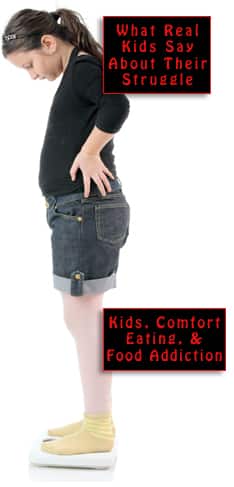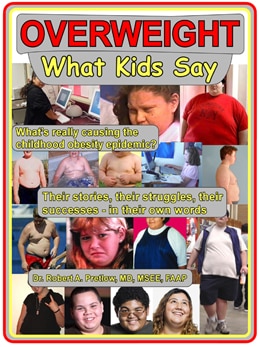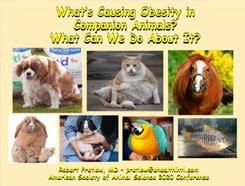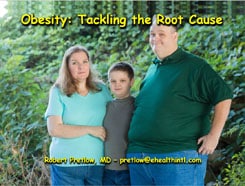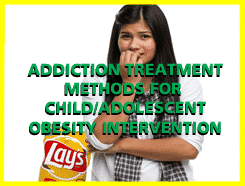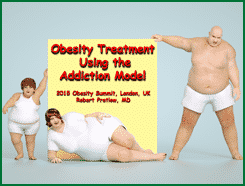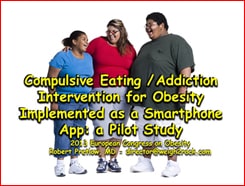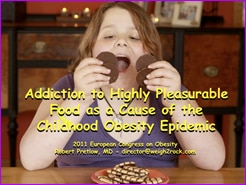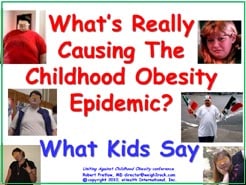Food Addiction and the Foundations of Discussion

Childhood Obesity News has mentioned how it is difficult to talk about some topics because the first principles have not been agreed on. One of the basic principles that it seems must be agreed on, is this: When people bring science into their arguments, it seems important to recognize that different things may share similarities, but may also have differences.
Consequently, among various populations, diverse conditions obtain. A woman who gets pregnant after a year of specialized treatment, for instance, is a very different physical specimen from a 13-year-old boy. If somebody wants to draw an academically acceptable conclusion by comparing them, or test a medicine on them, or even sell them a product, their differences need to be taken into account. Different results occur among individuals and groups. A whole field, demographics, exists to apportion populations into meaningful groups.
Those multifactorial blues
In the hope of ending childhood obesity, experts need to agree on some basics — like exactly what is meant by the rather unspecific term food addiction, or FA. Are we talking about actual, measurable effects on the body, that can be charted like a patient’s vital signs in the steps to a fatal overdose? Or should the inquiry move into the area of the psyche, in an effort to discover what brought the person to this situation in the first place?
The class of all obese children includes many subcategories. For instance, as Dr. Pretlow once wrote in “Addiction Model Intervention for Obesity in Young People,”
[N]ot only do obese young people have difficulty resisting “certain” problem foods […] but also have difficulty with snacking/grazing on whatever foods are available and consuming excessive food amounts at meals, again involving whatever foods are available.
In that short passage, three different processes are involved: classic “demon drug” attachment to a problem food or several of them; indiscriminate attachment to anything edible; and eating big meals. How many generalizations can be made that include all of those? And then, how many more eating patterns have been observed, whether widespread or quirky? It is something to think about.
Subfactors
Dr. Pretlow goes on to say, “Our studies have shown that problem foods, snacking, and excessive food amounts all respond to withdrawal and abstinence.” The point of using this for an example is, if different interest groups are to discuss solutions for a problem like food addiction, it helps if they are talking about the same things — or at the very least, are aware and conscious that they are talking about different things. A Town Hall meeting about FA will attract people who have not turned to the same page of the dictionary.
Because we are humans, there are a lot of variables. There are people who see it as a societal problem, and others who see it as an individual problem, and still others who admit to both, along with the possibility that other factors could also intervene, including ones we have not even thought of yet. Also, there are people who do not make a connection at all, between food addiction and childhood obesity.
Your responses and feedback are welcome!
Image by Tadson Bussey/CC BY-ND 2.0










 FAQs and Media Requests:
FAQs and Media Requests: 